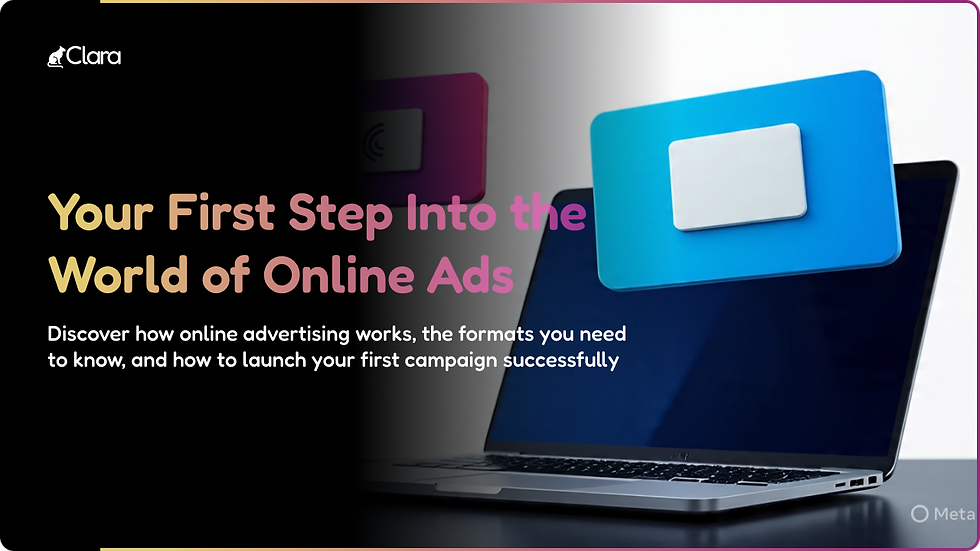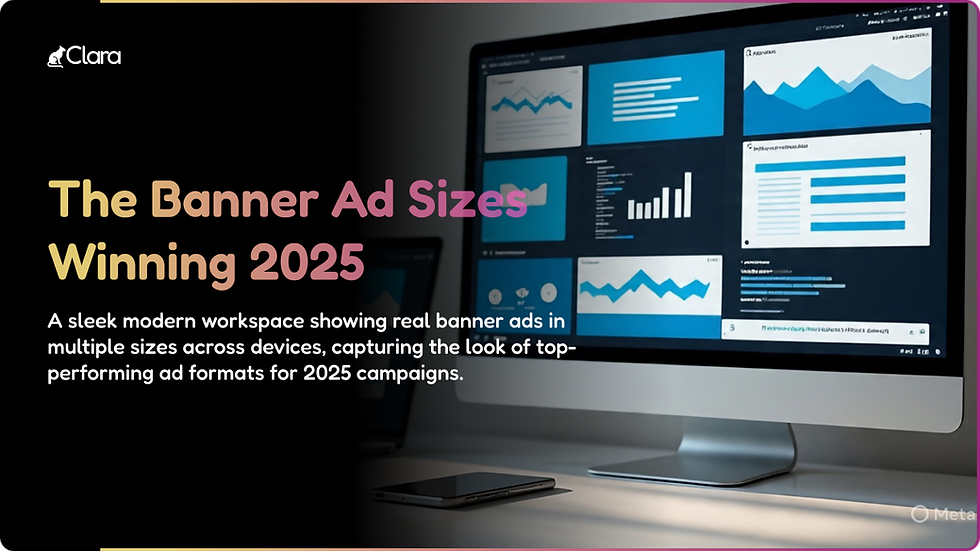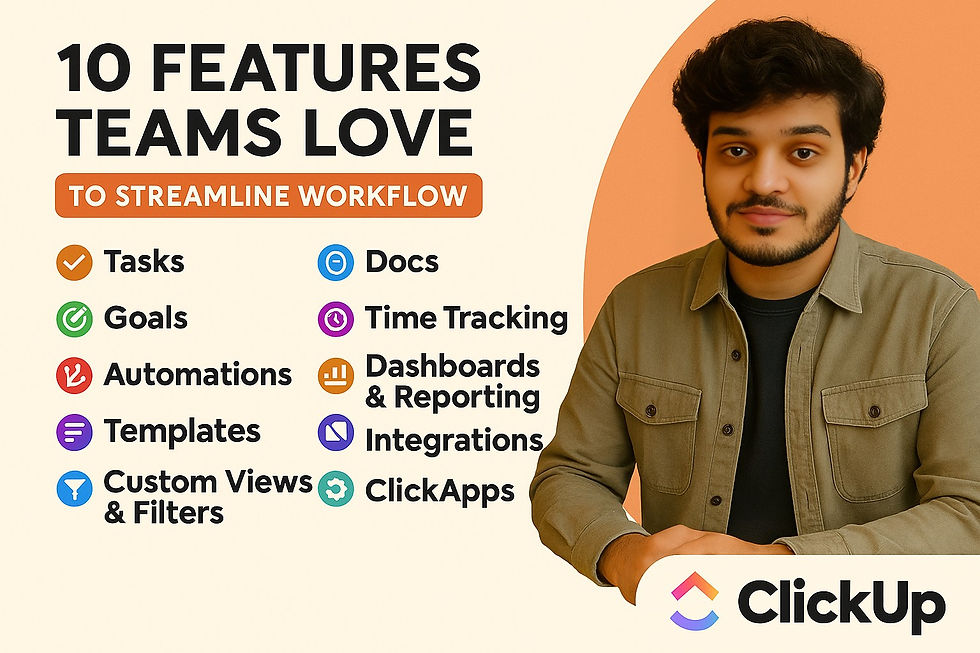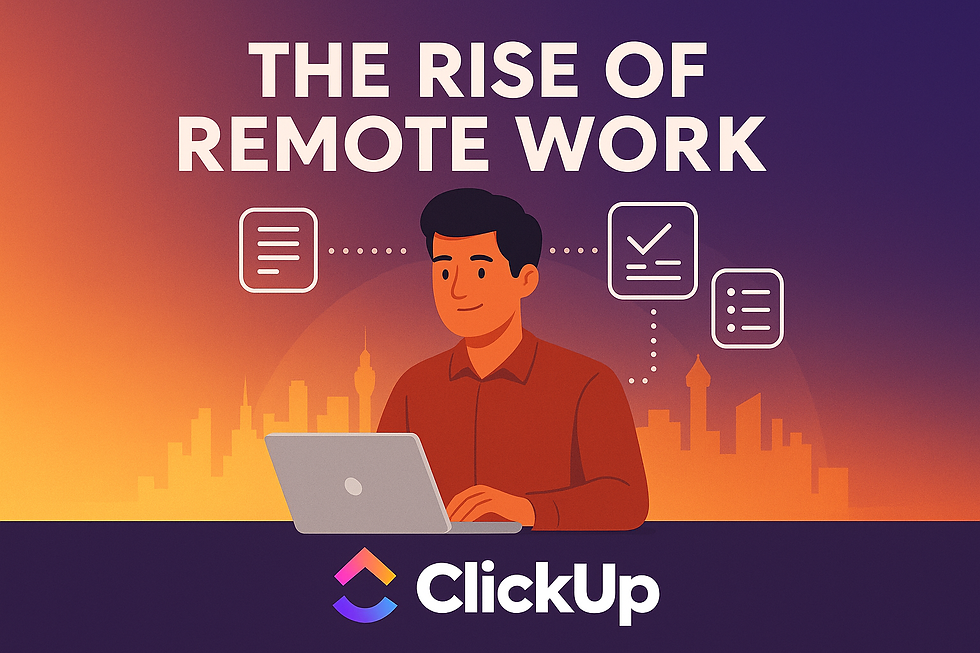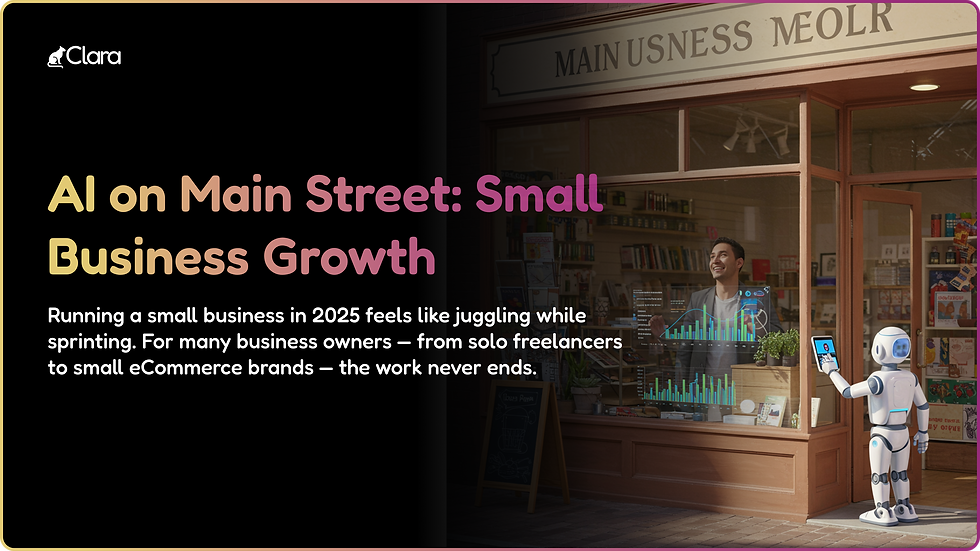- Dravya Bansal
- Mar 21, 2024
- 4 min read
Need a quick word on a design system? A design system is a common source of design truth, which can be shared across the organisation. If you want to find out more about why design systems are needed for software design companies or organisations, please refer to the blog on Reasons that make Design Systems inevitable.
Design system is a guided, standardized, and predefined set of atoms and elements. These can be used or reused to craft any number of application designs. Anyone would wonder about the design system (if not should) especially when giants like IBM, GitHub, Google, Salesforce, and many other companies have been using their own design systems. This blog exactly depicts the benefits of using a design system across the organisation.
Benefits of a Design System
Consistency is the Key
In any software, the design is always centered around upbringing and enhancing the user experience. And consistency in the designing is the one of the most crucial factors in the design success. To elaborate it more, let us have an idea on the three forms of consistency that matter:
Visual Consistency is related to the colors, fonts, shapes, sizes, etc. Multiple elements or components that are made from the same set of atoms can have the visual similarities between them. This promotes the overall visual consistency which delivers an instant feel to the user about the product and brand name.
Functional Consistency is about bringing the results to the application users upon their respecting actions. For example, users would click on the button in the top left corner to go back or users would click “Quick Checkout” to view the cart items for a quick payment and order completion. The precision in functionality instills reliability, safety, and good vibes only about the software application.
Internal consistency is maintained when the previous both (visual consistency and functional consistency) are intact. If any more features, pages, or modules are added, the users will still feel home while coming across the updated version because of the look and feel of the website or a mobile app.
Never Restricts, But Promotes Innovations
After discussing the consistency and creating new components or pages from the same mold, if you have any bit of hint that the design system can kill the creativity, you are WRONG.
By using a design system, a designer can think by his or her own best abilities. All it does that it makes style updates an easy task throughout the project. For example, if you want to make a few design changes to your header, footer, burger menu, etc., you will not have to wait weeks or months to get this done.
In short, a design system avoids tedious and repetitive work and allows the design team to invest time and effort to be more creative, focused about core business requirements.
Brings Project Stakeholders to the Same Page
The detailed documentation on what atoms or molecules or organisms are used and where, it becomes easy to derive and understand what each part of the code represents. From this, it is understood that a new developer added to the project team can easily understand the workflow and the system itself.
A design system can be access controlled and shared amongst the project stakeholders seamlessly to review and update status about an ongoing project. For example, in a software development company, a project created in a design system could be shared to developers, UX engineers, clients, etc. as a common source of information.
Standard guidelines, same language, common resources platform are a part of this centralised center of designs. This makes the overall collaboration easier while helping clients and project teams make better decisions with speed.
This would not be a panic to the incoming members during the software development project, being a designer or even a CTO. The knowledge transfer and training becomes a lot easier with design systems.
Save Time and Costs
Of course it takes time to build a new design system first, you can reap the long term benefits for sure. However, it’s even better if you subscribe to the most versatile design system to build your future projects and manage them.
If it is the case of a single project or a multiple project, designing every single element from the scratch is a time consuming process. This is especially true when each component also needs to get its various states, themes and properties set and validated. Using a design system, the designers do not have to care about the underlying specifications of the components because of a standardised guidelines of the usage.
The documentation is also shared across the team about the guidelines which helps to avoid the vagueness whereas adopt practices immediately to continue the project. The design system helps in faster prototyping, designing, development, and time to market.
This gives more time to the software QA team to spend more time in testing before the market launch to deliver a full-fledged, quality, and faster software product.
Seamless Upgrade & Maintenance Process
The design systems can be scaled up, upgraded, innovated using the best design thinking power. The fact is that all the products designed via a design system will require design upgrades or changes or improvements in the future. A design system will have to incorporate those changes first in order to upgrade the product in the future. They are bound to be scalable to make the maintenance and update process far more seamless and efficient.
Explore dravyafolio to learn more about how you can speed up and scale up your design work.




